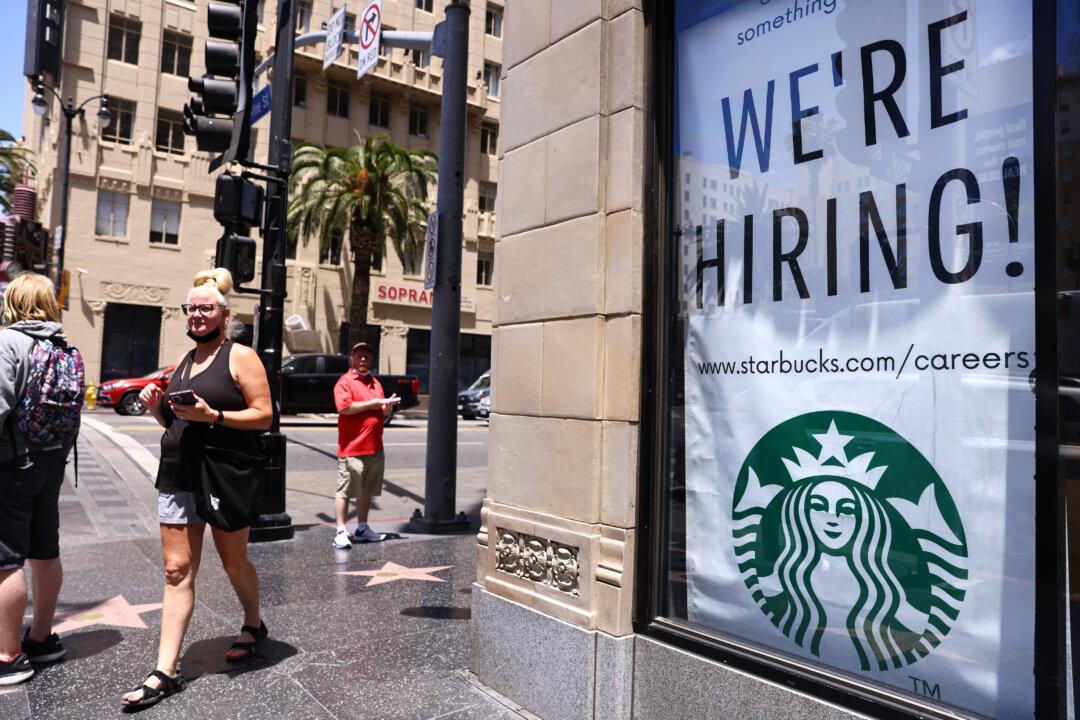America’s private employers in July added 943,000 jobs—a proxy for new hires—in a sign that the U.S. economy enjoyed a solid burst of job growth as the labor market recovery continues.
The Labor Department’s jobs report, released Aug. 6, shows that nonfarm payroll employment rose by 943,000 in July, topping the 850,000 jobs U.S. employers added in June.





